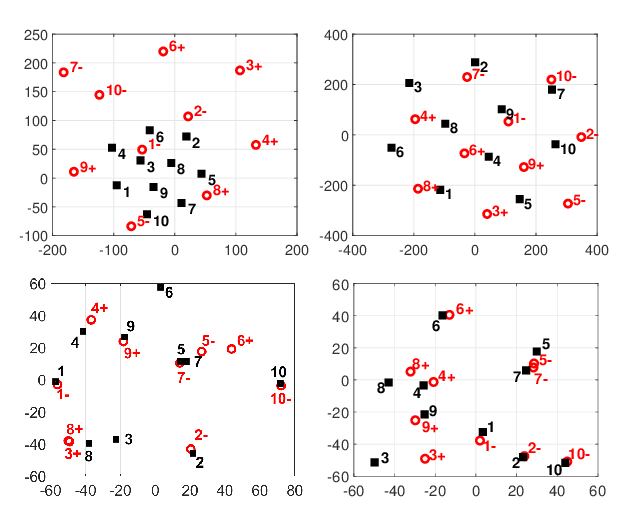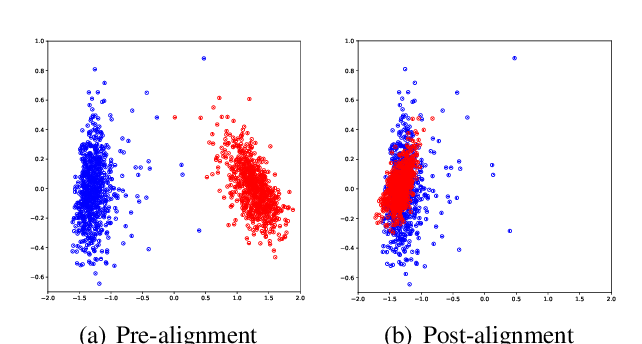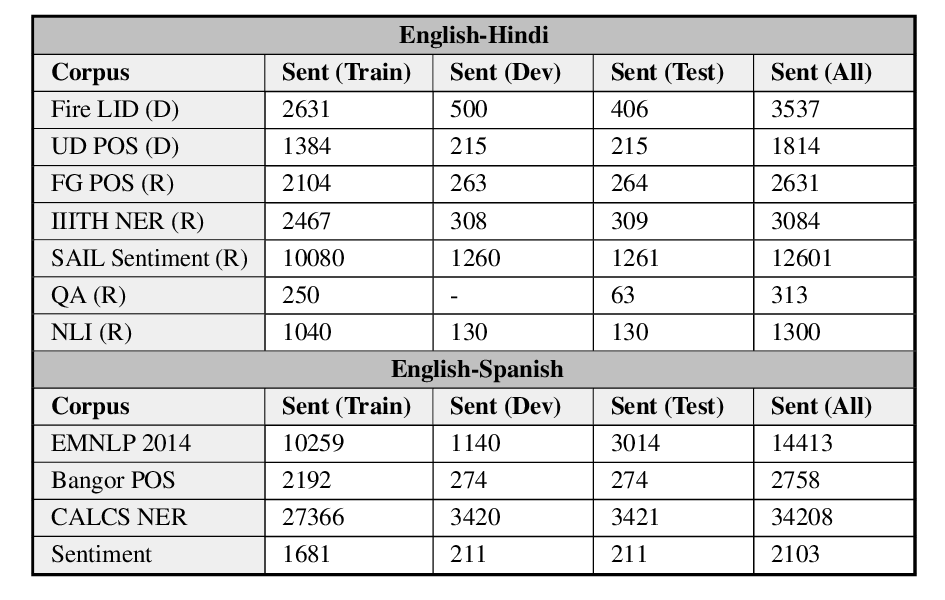Modeling Code-Switch Languages Using Bilingual Parallel Corpus
Grandee Lee, Haizhou Li
NLP Applications Long Paper
Session 1B: Jul 6
(06:00-07:00 GMT)

Session 2B: Jul 6
(09:00-10:00 GMT)

Abstract:
Language modeling is the technique to estimate the probability of a sequence of words. A bilingual language model is expected to model the sequential dependency for words across languages, which is difficult due to the inherent lack of suitable training data as well as diverse syntactic structure across languages. We propose a bilingual attention language model (BALM) that simultaneously performs language modeling objective with a quasi-translation objective to model both the monolingual as well as the cross-lingual sequential dependency. The attention mechanism learns the bilingual context from a parallel corpus. BALM achieves state-of-the-art performance on the SEAME code-switch database by reducing the perplexity of 20.5% over the best-reported result. We also apply BALM in bilingual lexicon induction, and language normalization tasks to validate the idea.
You can open the
pre-recorded video
in a separate window.
NOTE: The SlidesLive video may display a random order of the authors.
The correct author list is shown at the top of this webpage.
Similar Papers
Cross-Lingual Unsupervised Sentiment Classification with Multi-View Transfer Learning
Hongliang Fei, Ping Li,

Jointly Learning to Align and Summarize for Neural Cross-Lingual Summarization
Yue Cao, Hui Liu, Xiaojun Wan,

GLUECoS: An Evaluation Benchmark for Code-Switched NLP
Simran Khanuja, Sandipan Dandapat, Anirudh Srinivasan, Sunayana Sitaram, Monojit Choudhury,

CamemBERT: a Tasty French Language Model
Louis Martin, Benjamin Muller, Pedro Javier Ortiz Suárez, Yoann Dupont, Laurent Romary, Éric de la Clergerie, Djamé Seddah, Benoît Sagot,
